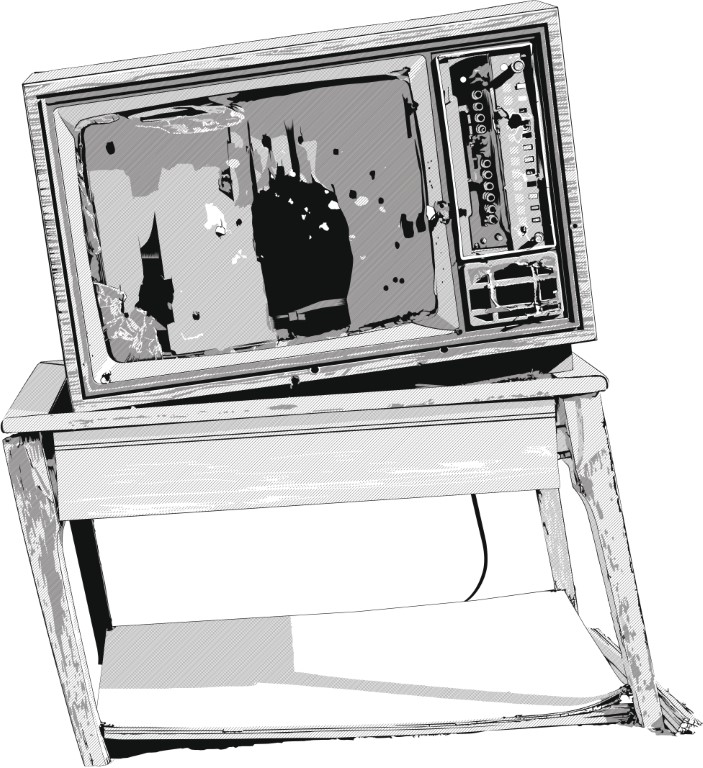
Protests good; Trump rally bad
By Timothy Easling, Contributor
“The people who come to the rally, they don’t care about them except as a photo op, because they’re going to kill some of them and some of their family and friends,” Art Caplan, a bioethicist at NYU Langone Health and CNN medical contributor, said during an appearance on CNN Newsroom in the leadup to Donald Trump’s Tulsa rally. Reports similarly critical of the health consequences of such a large gathering were run by many major media groups.
CBS News medical contributor Dr. David Agus was quoted in multiple Trump rally articles by the outlet: “CDC certainly does not have guidelines for large gatherings of over 10,000 people. I don’t know of any state guidelines that would enable that,” he said.
Dr. Ashish Jha, director of Harvard’s Global Health Institute, called the then-upcoming Trump rally “an extraordinarily dangerous move for the people participating and the people who may know them and love them and see them afterward,” in an NBC piece.
Meanwhile, massive public gatherings related to defunding the police and Black Lives Matter—some outnumbering Trump’s own rally—received a slightly different response from the major outlets. A CNN feature pushed a different line:
“However, as public health advocates, we do not condemn these gatherings as risky for COVID-19 transmission. We support them as vital to the national public health and to the threatened health specifically of black people in the United States,” read a letter signed by over 1,000 “health professionals.”
“Prepare for an increased number of infections in the days following a protest,” continued the same source. “Provide increased access to testing and care for people in the affected communities, especially when they or their family members put themselves at risk by attending protests.” The report was a contrast from the Trump rally line of “they’re going to kill some of them.”
The Washington Post also showed a lack of consistency between the events, running pieces such as this lengthy article entitled “After week of protest, Saturday expected to bring largest crowds yet to Washington” that contained zero mentions of any health considerations. Even coverage of smaller towns yielded no health mentions—as seen in pieces such as this one from CBS.
While TikTok teens trolled the ticket numbers, almost no outlets even mentioned the protesters outside the Trump rally. No reliable data has been reported on how many were scared off by the angry mob—although, as even seen in the Washington Post, there was quite a crowd attempting to block those wishing to go to the rally.
But for all the media talk of irresponsible Trump supporters (just over 6,000 by most counts), it seems a great number of them are as safe as the papers would like them to be; Fox’s stream alone reached over 7.6-million people. The campaign’s own digital platform reportedly yielded another four million. As obvious from these two sources, there are many more unaccounted for watchers missed and purposely unmentioned by the media.
Much reporting is also intentional misrepresentation. “So perhaps it made him feel better when the Tulsa crowd—his crowd—applauded after he theatrically drank a glass of water onstage with only one hand and didn’t dribble any of it on his tie,” read a piece from the Washington Post.Out of context, it appears as though Trump is getting applause simply for taking a drink. However, when you watch the entire clip in context, Trump was making a joke—a joke the audience found hilarious. The only way for a different perspective to be seen was to watch the applause and drinking by itself with no context (a very poor journalistic practice) or by viewing the entire clip and writing the piece to be intentionally misleading. The entire video can be found here.
It’s quite similar to Trump’s CNN parody that Twitter removed in June. No one thought it was a real newscast (Jim Acosta of left-wing CNN even using that knowledge in a question during a White House briefing the next day: “When you share fake videos like that, doesn’t that make you fake news?”) and there were several intentional misspellings, but the media reported it as Trump trying to mislead the public; CNN tweeted at Trump: “We’ll continue working with facts rather than tweeting fake videos that exploit innocent children. We invite you to do the same. Be better.” Meanwhile right-wing outlets such as Fox called the video “satirical.”

